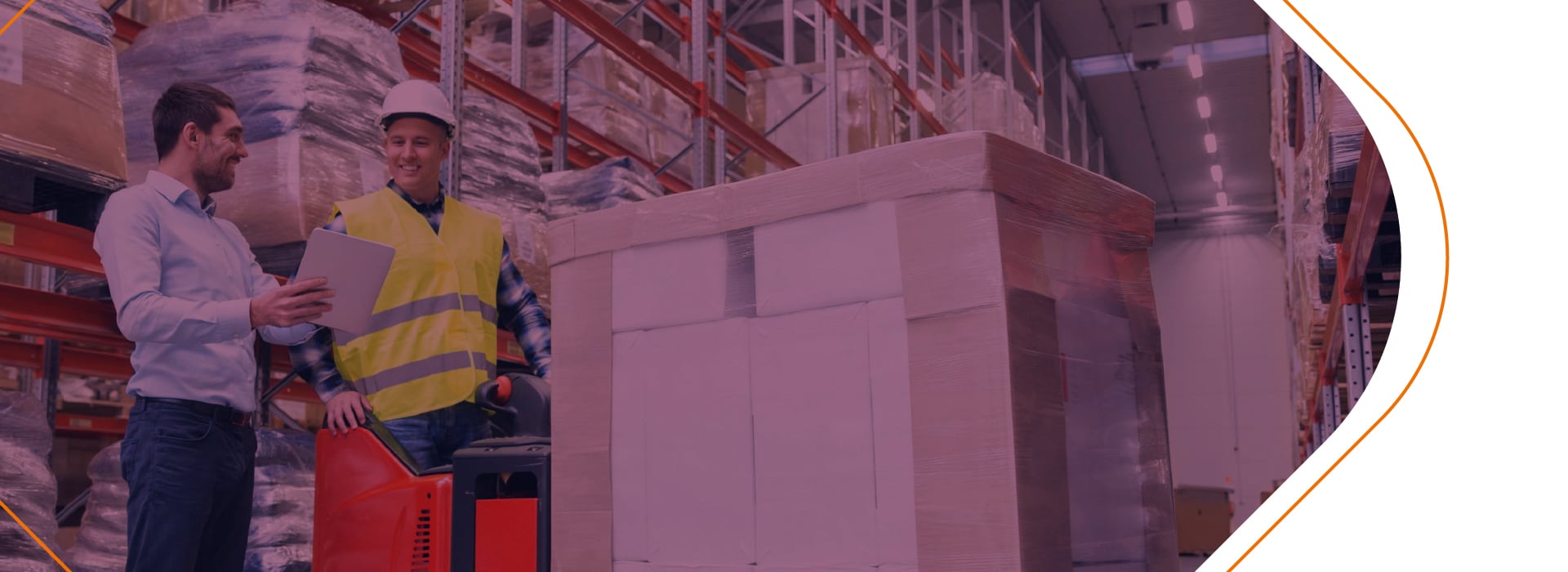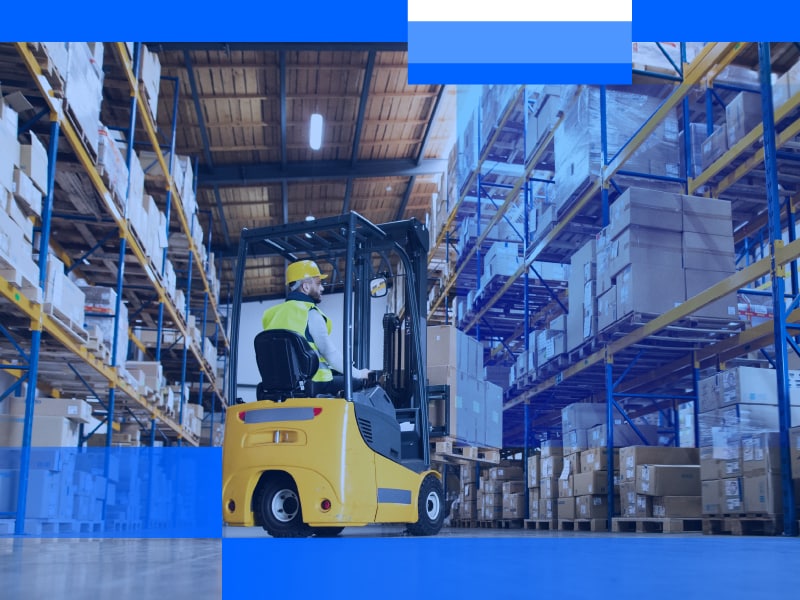Home > TradeEdge > Blogs > The six different ways to improve forecast accuracy using demand sensing
The six different ways to improve forecast accuracy using demand sensing

The global supply chain network has become increasingly complex, and so also the rapidly changing consumer behavior. These factors have compounded to render traditional demand planning techniques ineffective and inadequate. Demand planners need more visibility into their demand-supply value chain and quality demand signals in order to achieve a perfect balance between surplus and adequate inventories. Moreover, keeping a close tab on external factors like global emergencies, weather trends, and economic trends is equally important to understand the change in market demand for goods/services. Hence, an intelligent demand-sensing solution has become the need of the hour for demand planners and others in the value chain to drive business growth and customer engagement.
What is demand sensing, and how does it differ from traditional techniques?
Demand sensing leverages AI/ML technologies to gather real-time data that help predict future sales in a shorter period. It helps pick short-term market trends to estimate what consumers will want, when, and where immediately.
For example, traditional demand planning techniques could have effectively planned long-term demand and sales by considering historical data. But, if companies had used demand sensing technology, they would have immediately captured the silent hints of upcoming disruptions months before the COVID virus took the shape of the global pandemic. This unpreparedness, lack of foresightedness, absence of the right tech-based tools, and obvious siloes existing in the global supply chain were responsible for companies remaining misinformed about what would happen until the worst happened. Most organizations struggled to keep the shelves of their retail and distribution centers stocked up amidst the pandemic-fueled panic-buying that went on in full blaze just before the complete lockdown norms were officially made known to the general public.
And the aftershocks of the pandemic are still being felt deep down in the supply chain networks. Demand sensing in the supply chain breaks those existing siloes and improves visibility into the network by facilitating a seamless supply of real-time insights so actionable decisions can be made effectively regarding predicting future demand and sales. There are reasons why demand sensing as a forecasting method is gathering more preferences than its predecessor. Let’s elucidate the differences between these methods in brief.
Demand sensing: Improving forecast accuracy with data
There are different ways to improve forecast accuracy with demand sensing; a few of which are elucidated below:
Use PoS data
Point of sale data at retail stores is ideal for providing real-time information like the quantity of products sold, date and time, region, and so on. PoS inputs are consolidated and compared with short-term forecasts to identify deviation and used for predicting product demand for the immediate future.
Analyze order history
While PoS inputs capture demand signals at the consumer end of the supply chain, historical data like sales history, open order history, and currently available orders are used to estimate manufacturers’ product demand. This information is valuable when planning for inventory buffers.
Track macroeconomic indicators
Macroeconomic indicators such as gross domestic product, the overall stock market, employment data, and housing sales data point to a change in consumer demand. Decisions are made based on such insights to re-adjust the short-term forecast to avoid excess inventories.
Consider competitor promotional offers
Demand sensing also tracks competitor movements to adjust short-term forecasts. Sudden last-minute promotional offers or discounts from competitors can change the game for your business, leaving no time to react or amend such situations. Marketers can predict the impact of such factors on sales and adjust forecasts accordingly. Hence, keeping a close watch over competitors is crucial for maintaining a competitive edge in the market.
Take advantage of competitor stock-outs
It is highly possible that your competitors can suddenly face stock-out situations due to the unavailability of raw materials, quality problems, or production breakdowns. Businesses can take advantage of the situation to capture the competitor’s market and re-position inventories to meet the unexpected demand by increasing production for a while. They often try to shift direction to alternative products available on the shelf.
Adjust forecasts as per weather patterns
Unlike traditional forecasting methods, demand sensing considers weather patterns, seasonal variations, and natural calamities to adjust short-term sales forecasts, raw material procurement, production plan, and distribution plans to meet end-user demand.
Conclusion
Demand sensing is currently the best bet for businesses to catch up with increasing market volatility, shorter product lifecycles, frequent changes in buying behaviors, and external factors influencing the demand for goods. With the help of AI, ML, and Automation, demand sensing solutions like
TradeEdge Demand Sensing provides actionable insights by aggregating real-time data about product sales and inventory across multiple channels. They provide granular visibility into network-wide sales and inventory, helping businesses know what is selling, where and at what speed.


Possibilities Unlimited
Possibilities Unlimited
Inspiring enterprises with the power of digital platforms
More blogs from EdgeVerve →